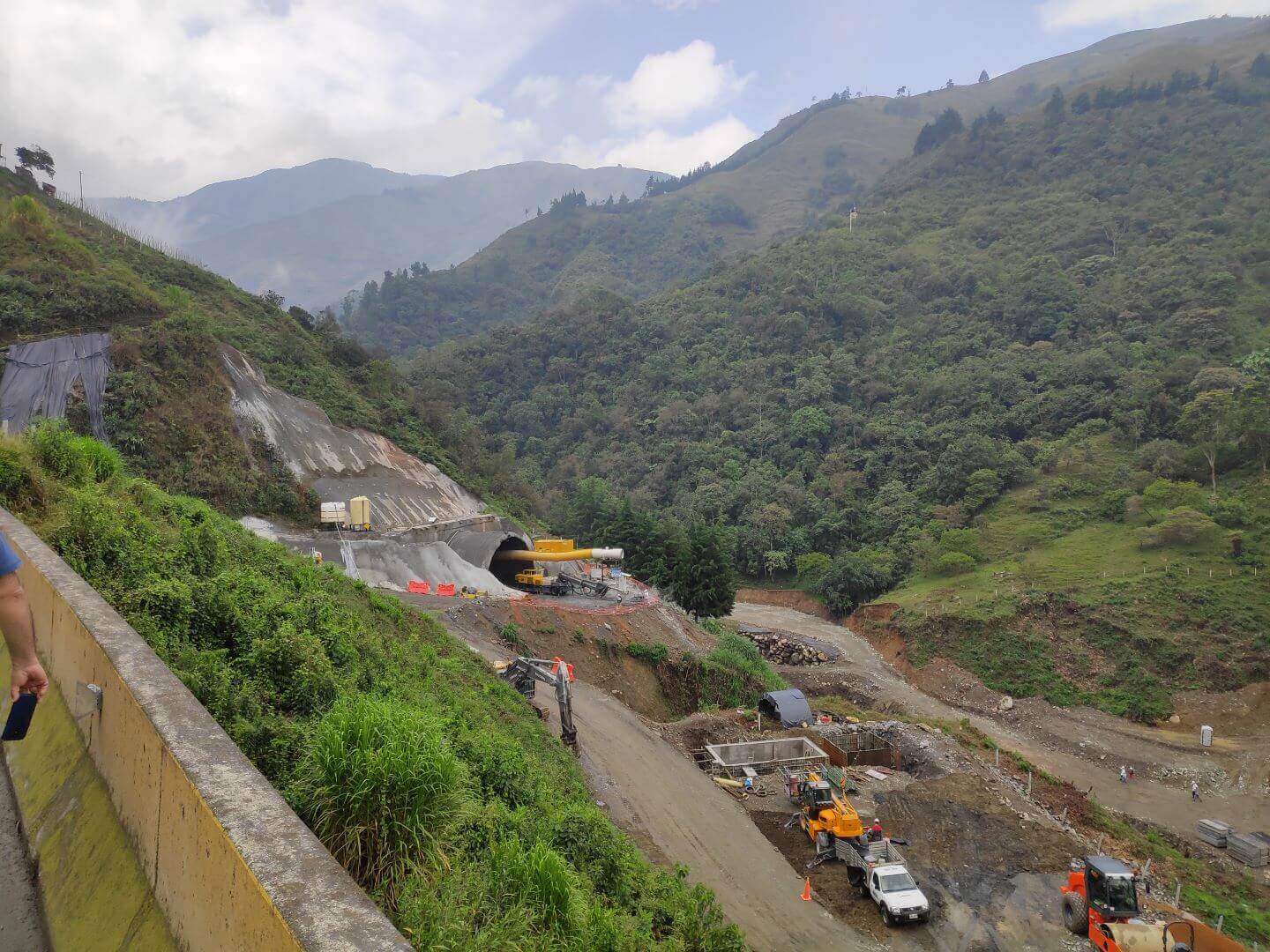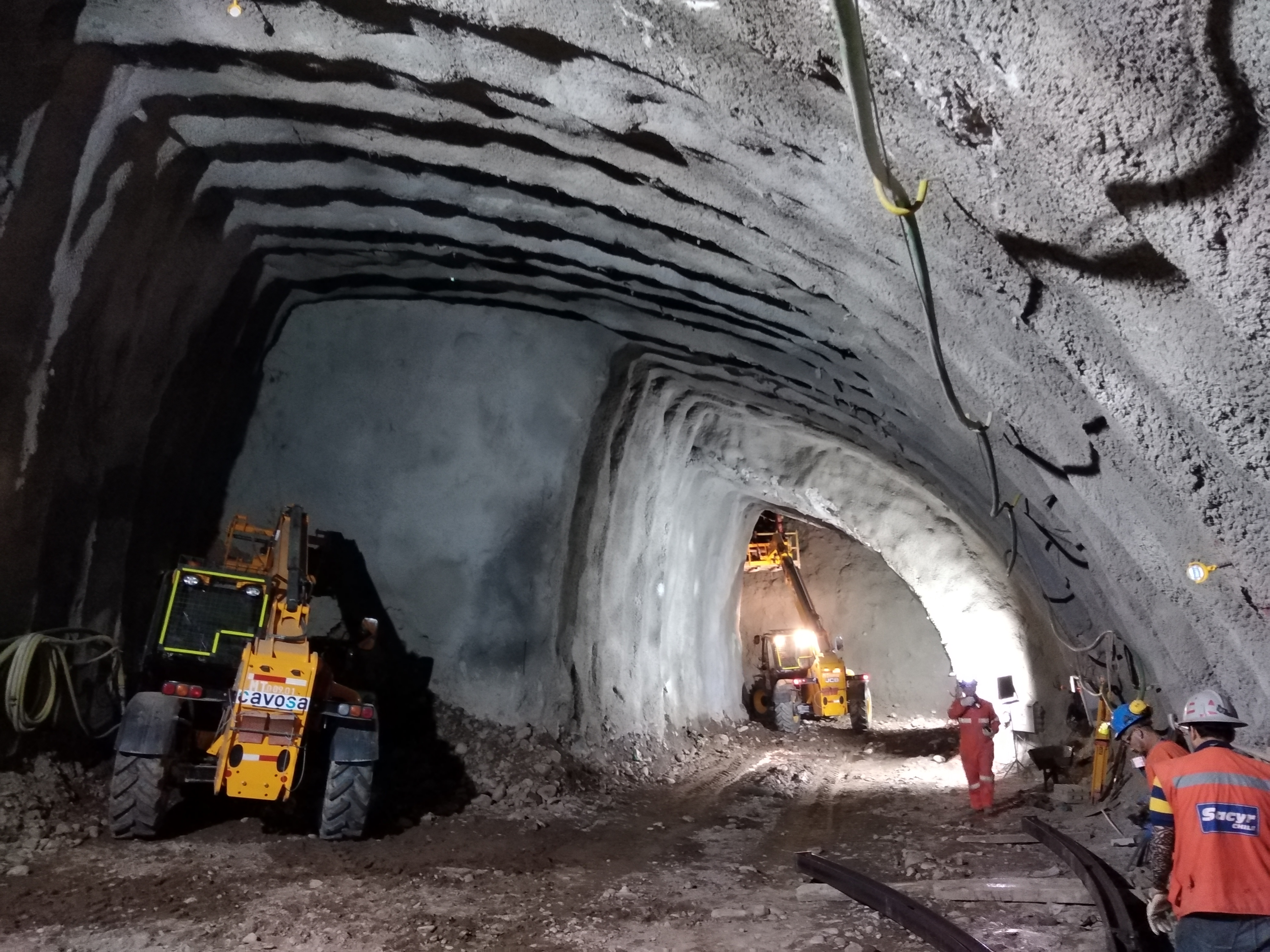In August, after 100 weeks of excavation, our colleagues from Sacyr Engineering and Infrastructure, Sacyr Concessions, and Cavosa completed boring on the new Western Tunnel, effectively connecting the two sides from which the tunnel was being excavated.
The new tunnel will extend 4.6 kilometers and will connect the cities of Medellín and Santa Fe de Antioquía.
To understand the challenging forces at play in tunnel excavation and construction, it is important to bear in mind many factors that influence a project of this magnitude.
Within those crucial factors, to summarize briefly, it is essential to address several elements: the length of the tunnel, the characteristics of the terrain, the size of the tunnel, access, whether there are houses or buildings, the slope of the tunnel, altitude, the accessibility of machinery, etc.
Tunneling has not changed much in the last 20 years, though there have been improvements in the existing machinery. “For example, there are tunnel boring machines capable of working in mixed soil and rock conditions that didn’t exist before. Plus, we have the ability to control equipment remotely: there are mines where those who drive low-profile loaders are not even inside the shaft,” Pablo García explains.

Nowadays there are sensors mounted on the excavation equipment (backhoes or roadheaders) that indicate whether excavation is occurring inside or outside the geometric section defined for the tunnel. For many years, machine simulators have served as an effective learning tool for equipment operation before actually having to use it, while the presence of sensors warn of people in the vicinity and, thus, prevent accidents.
“Even self-driving equipment has begun to appear. Sacyr and Cavosa are currently working on the TunnelAD project, which consists of modifying a dump truck from our fleet so it can operate autonomously,” says Pablo García.
In general, tunnels are designed to last more than 50 years; some have been in service for over 100 years. Sacyr’s longest is the 28-km Guadarrama tunnel (Madrid). In total, the Sacyr group has built 148 tunnels, extending nearly 300 km, or the distance from Madrid to Valencia. Of these 300 km, 93 km are railway tunnels, while 86 km are roadway tunnels.

So, what’s the future of tunnel construction? Automation: machinery operating autonomously without personnel, just as we are doing at the aforementioned TunnelAD project.
Advancements are also being made on i) predictive maintenance, so machines issue warnings before a breakdown, ii) artificial intelligence for the assisted calculation of the RMR index, iii) automated systems to control the thickness of sprayed concrete, and iv) countless other technologies that enhance efficiency and safety, and enable cost cuts and quality improvements in tunnel construction.
